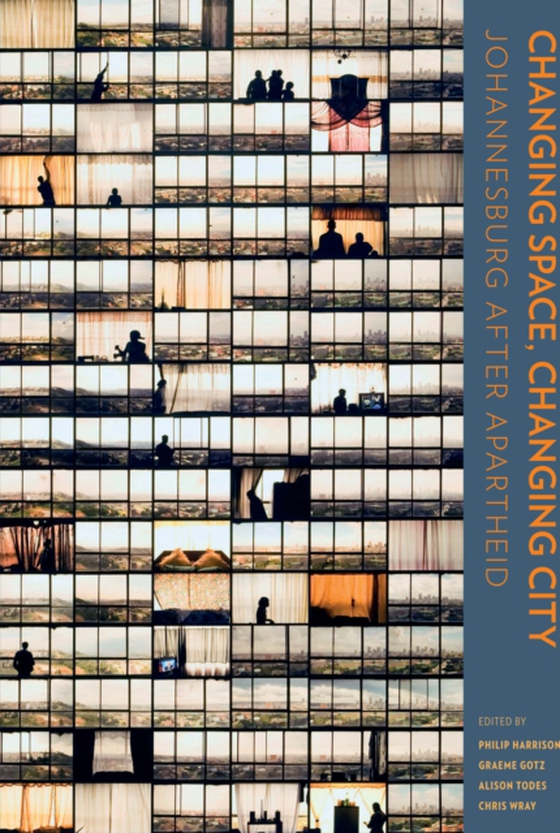
Changing Space, Changing City e-bog
161,96 DKK
(inkl. moms 202,45 DKK)
As the dynamo of South Africa's economy, Johannesburg commands a central position in the nation's imagination, and scholars throughout the world monitor the city as an exemplar of urbanity in the global South. This book offers detailed empirical analyses of changes in the city's physical space, as well as a host of chapters on the character of specific neighbourhoods and the social identities b...
E-bog
161,96 DKK
Forlag
Wits University Press
Udgivet
1 oktober 2014
Længde
656 sider
Genrer
Urban communities
Sprog
English
Format
pdf
Beskyttelse
LCP
ISBN
9781868147663
As the dynamo of South Africa's economy, Johannesburg commands a central position in the nation's imagination, and scholars throughout the world monitor the city as an exemplar of urbanity in the global South. This book offers detailed empirical analyses of changes in the city's physical space, as well as a host of chapters on the character of specific neighbourhoods and the social identities being forged within them. Informing all of these is a consideration of underlying economic, social and political processes shaping the wider Gauteng province. A mix of respected academics, practising urban planners and experienced policymakers offer compelling overviews of the rapid and complex spatial developments that have taken place in Johannesburg since the end of apartheid, along with tantalising glimpses into life on the streets and behind the high walls of this diverse city. The book has three sections. Section A provides an overview of macro spatial trends and the policies that have influenced them. Section B explores the shaping of the city at district and suburban level, revealing the peculiarity of processes in different areas. This analysis elucidates the larger trends, while identifying shifts that are not easily detected at the macro level. Section C is an assembly of chapters and short vignettes that focus on the interweaving of place and identity at a micro level. With empirical data supported by new data sets including the 2011 Census, the city's Development Planning and Urban Management Department's information system, and Gauteng City-Region Observatory's substantial archive, the book is an essential reference for planning practitioners, urban geographers, sociologists, and social anthropologists, among others.
 Dansk
Dansk

